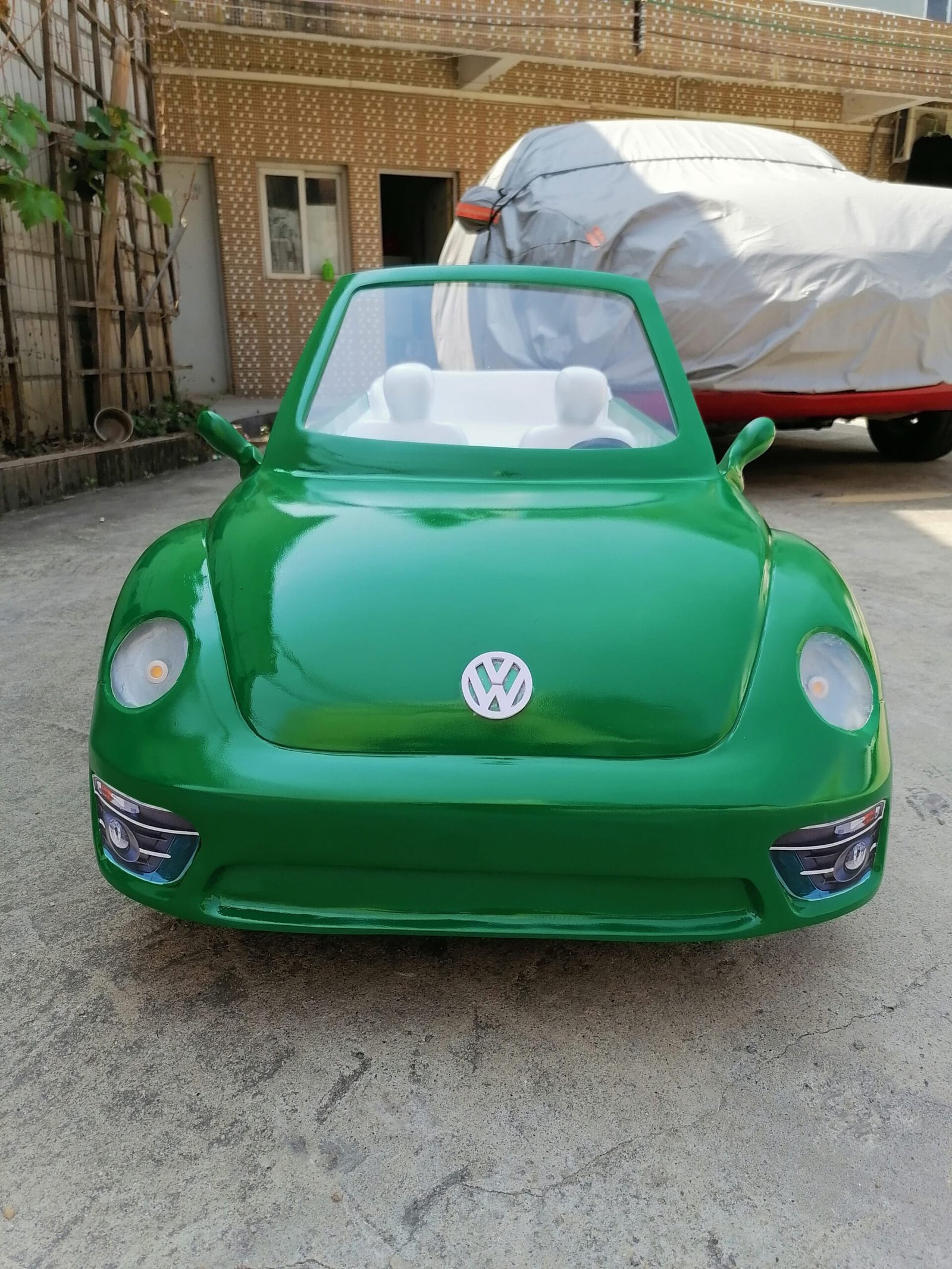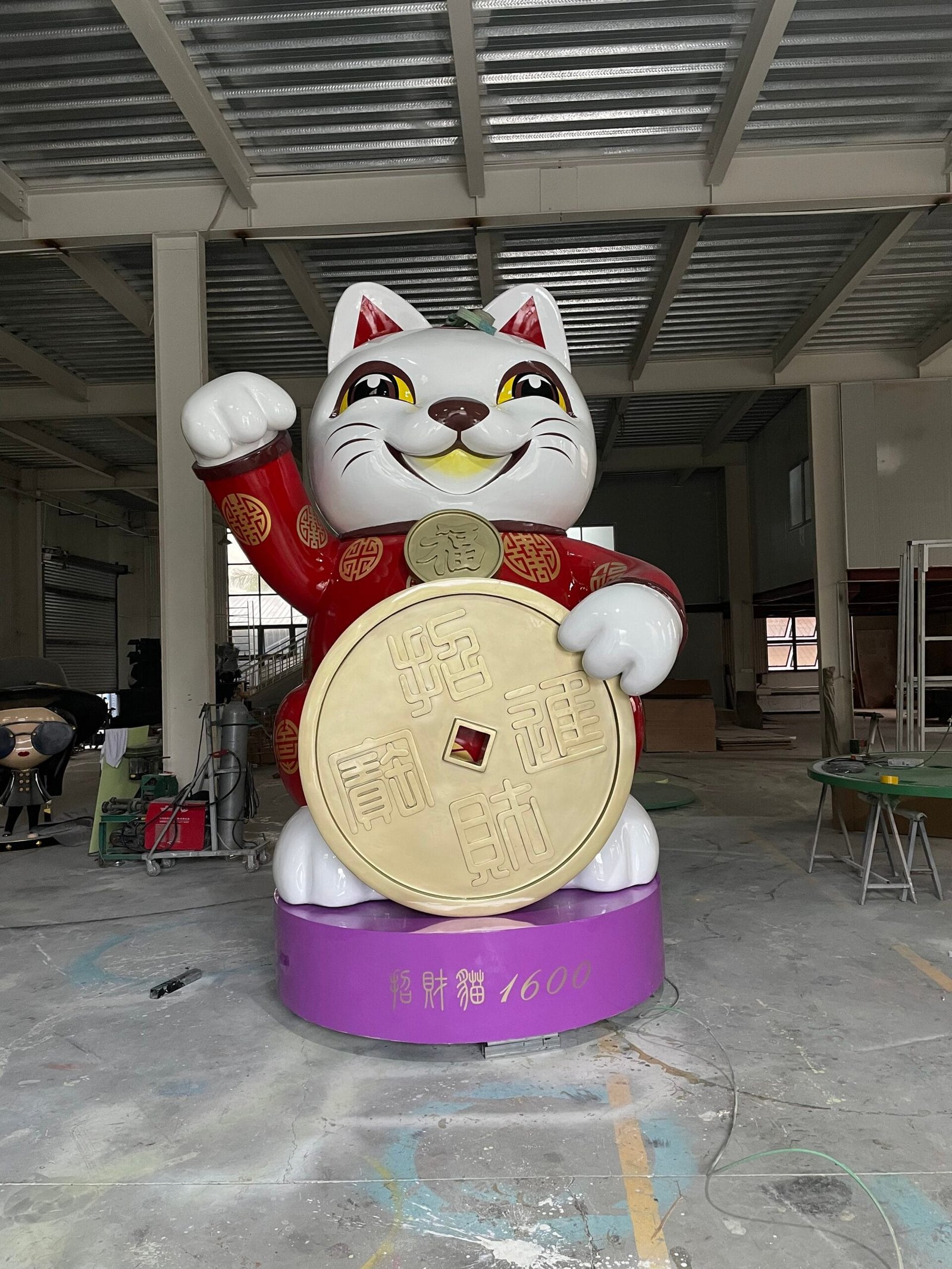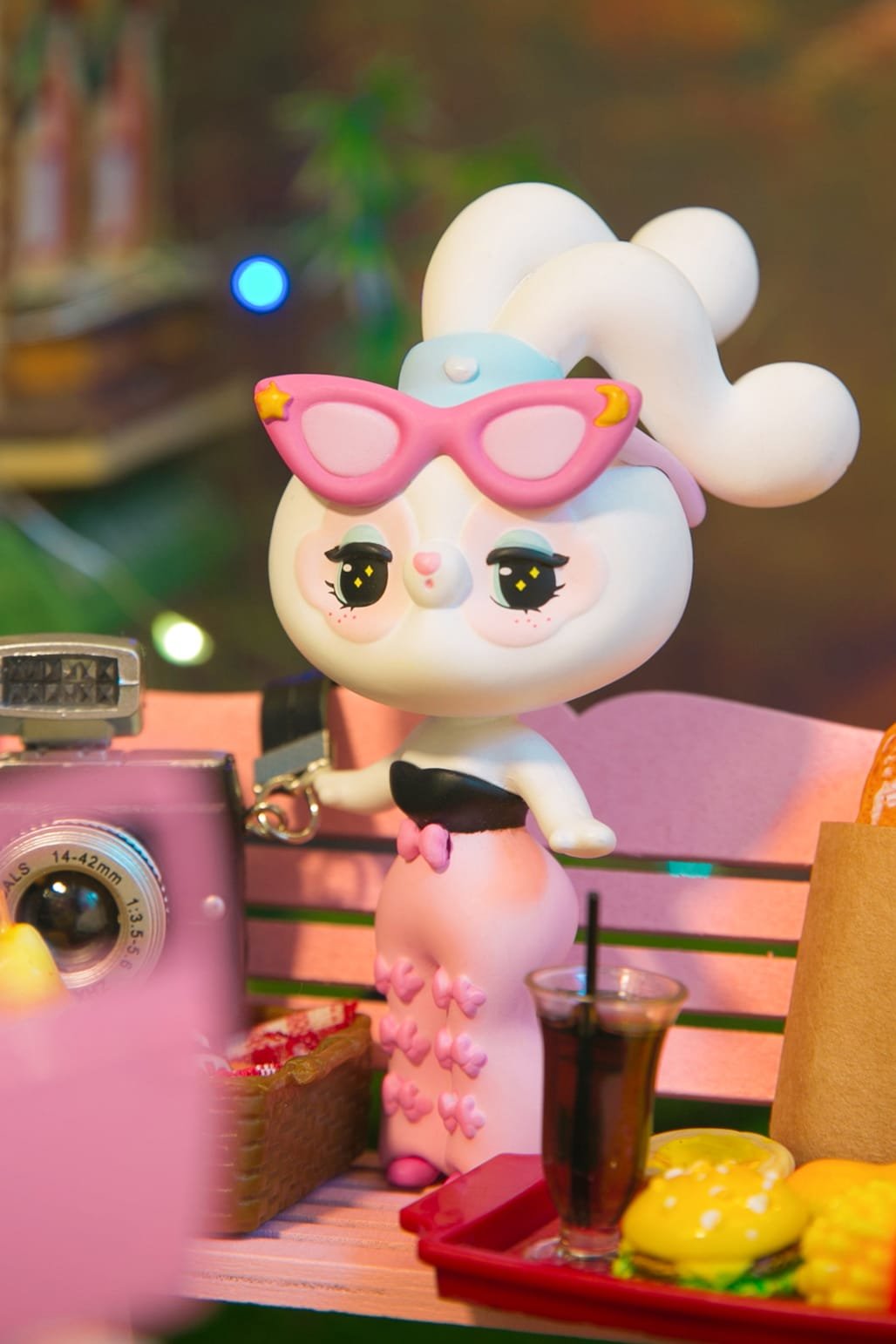Introduction: The Impact of Visual Merchandising on Branding
In the world of retail and marketing, commercial visual merchandising props have become essential tools for capturing attention and enhancing brand identity. These props serve as creative focal points that convey a brand’s essence, whether in storefront displays, exhibitions, or event activations. By combining artistic design with strategic messaging, they help create immersive experiences that leave lasting impressions on consumers.
As competition grows in the marketplace, businesses are increasingly using these props to set themselves apart. Well-designed visual merchandising elements don’t just display products – they tell a story and transform a simple shopping trip into a memorable experience.
1. Design Process: From Concept to Creation
The design process for commercial visual merchandising props begins with understanding the brand’s identity and the message it wants to convey. Here are the key steps in the process:
- Brand Research: Start by analyzing the brand’s values, target audience, and overall image. This helps in crafting props that align with the brand’s personality and appeal to its customers.
- Concept Development: Once the brand identity is understood, designers brainstorm ideas that translate this into engaging visual props. Sketches, mood boards, and 3D models help visualize concepts before moving into production.
- Prototyping: Creating a prototype allows designers to assess how the prop will look in the real world. It’s a critical step to ensure proportions, colors, and materials align with the intended design.
2. Material Selection: Crafting Long-Lasting, Eye-Catching Props
Choosing the right materials is vital in the creation of effective visual merchandising props. The right materials enhance the aesthetic appeal while ensuring durability, especially in outdoor or high-traffic retail environments. Here are some popular material choices:
- Acrylic and Plexiglass: These materials are popular for their clarity, versatility, and ability to create sleek, modern designs.
- Wood and Metal: These materials give a more classic or industrial look, often used for larger installations or props with a tactile, premium feel.
- Foam and Resin: Lightweight and easy to shape, foam and resin are ideal for creating large-scale props or complex forms at a more affordable cost.
3. Production Process: Bringing Designs to Life
Once the design is finalized and materials are chosen, the production process begins. This stage involves transforming conceptual designs into tangible, functional props. The key steps include:
- Molding and Casting: For complex shapes, molds and casts are created to produce precise replicas of the design.
- Assembly and Painting: After components are crafted, they are assembled and painted to match the desired color scheme and finish.
- Finishing Touches: Additional details, such as lighting, textures, and branding elements, are incorporated to complete the prop’s design and ensure it aligns with the brand’s vision.
4. Installation and Display: Creating an Immersive Brand Experience
The final step involves placing the props in strategic locations where they can best engage with the target audience. This might include:
- Storefront Displays: Commercial props are often used to showcase new products, highlight seasonal promotions, or tell a brand story.
- Exhibitions and Trade Shows: These props help brands stand out in crowded spaces, ensuring their booth is memorable.
- Events and Pop-ups: Interactive installations or props at events can provide visitors with immersive, branded experiences that they can engage with.
5. Challenges and Solutions in Visual Merchandising Design
While the design and production of commercial visual merchandising props are crucial to a brand’s success, several challenges can arise, including:
- Budget Constraints: High-quality materials and complex designs can be expensive. To mitigate this, brands can explore cost-effective materials or limit the scope of installations without sacrificing impact.
- Sustainability: There is growing demand for eco-friendly designs and materials. Sustainable options, such as recycled plastics or biodegradable materials, can be incorporated into the design process to appeal to environmentally conscious consumers.
- Adaptability: Props need to be versatile enough to adapt to different settings, whether it’s a retail store, exhibition, or outdoor event. Designers must ensure that props are durable and flexible for various applications.
Conclusion: Transforming Branding with Visual Merchandising Props
Commercial visual merchandising props offer endless opportunities to enhance brand storytelling and create memorable consumer experiences. By carefully designing and producing these props, brands can not only showcase their products but also convey their identity in an engaging and impactful way.
With the right design, materials, and installation strategies, visual merchandising props become more than just decorative elements; they become powerful tools in elevating the brand’s presence and making it stand out in a crowded market





